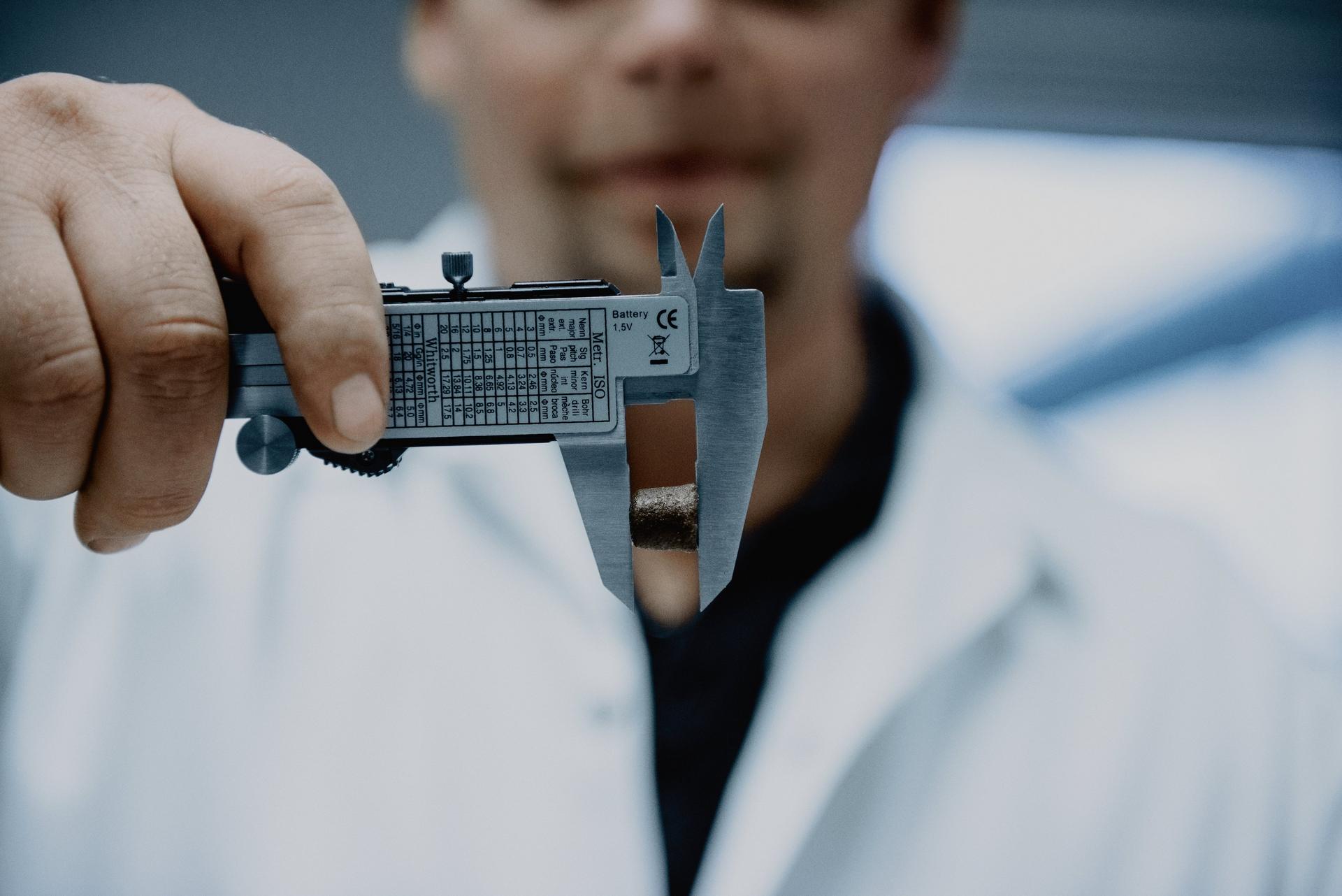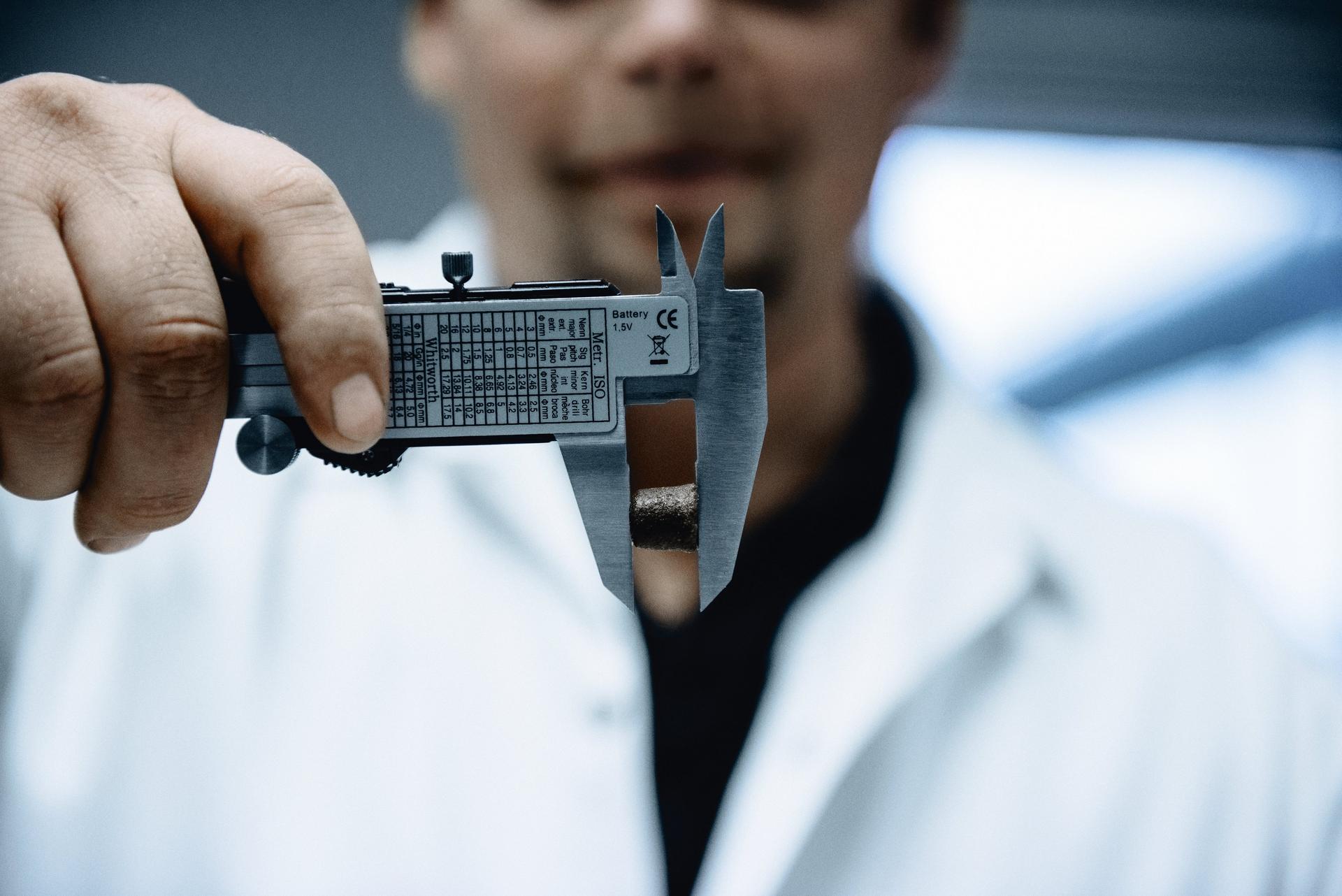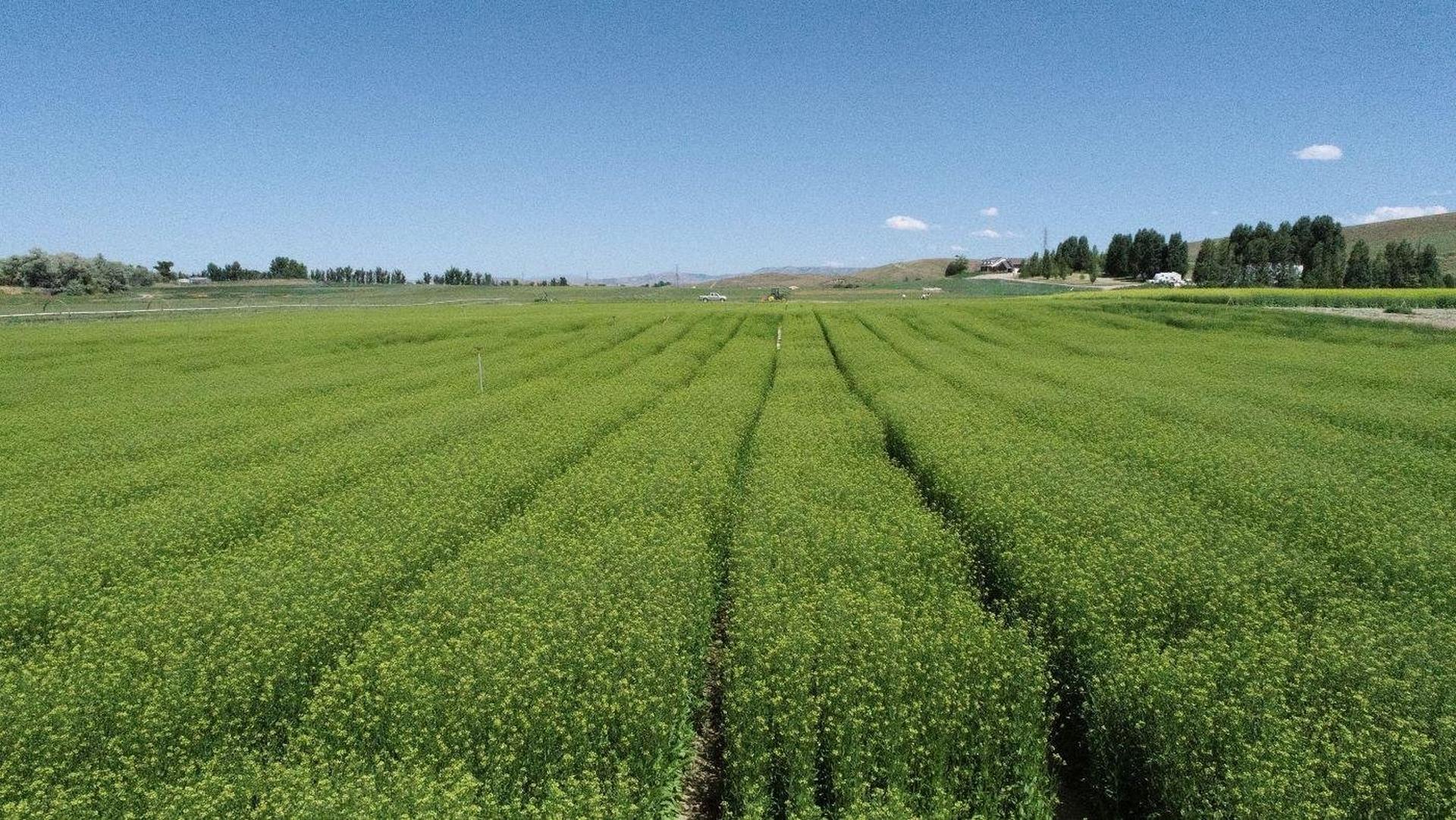- Financials
BioMar enters partnership with Fóðurblandan in Iceland
BioMar Group has announced a partnership for the manufacture and distribution of aquafeed through Fóðurblandan’s production facility in Reykjavik, marking a significant milestone as BioMar becomes the only global manufacturer with aquafeed production in Iceland.








?w=1920&%24withDefaultImage%24=&fmt=auto)




